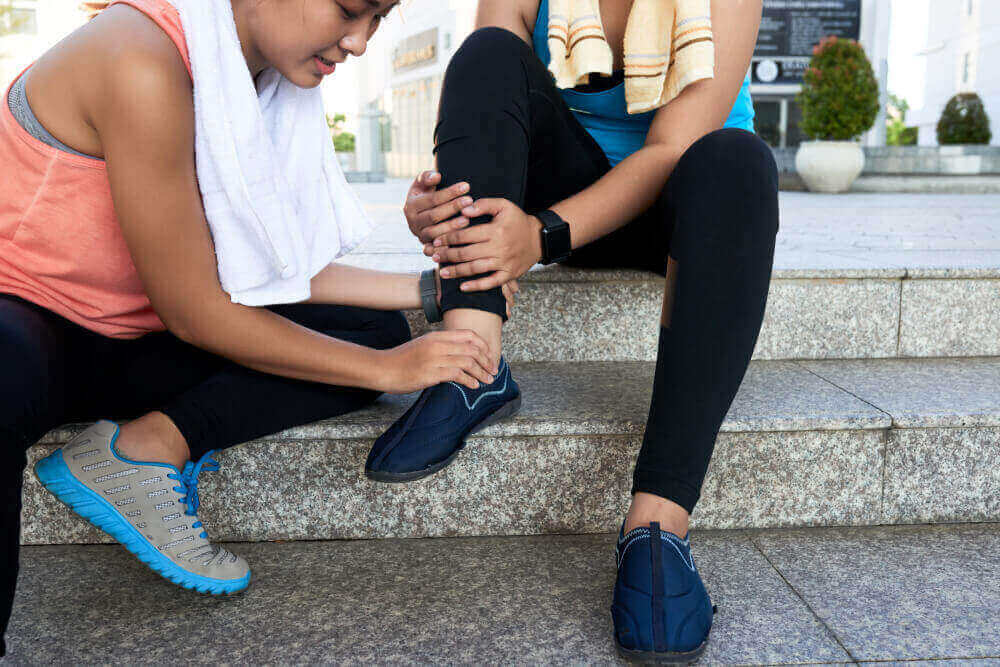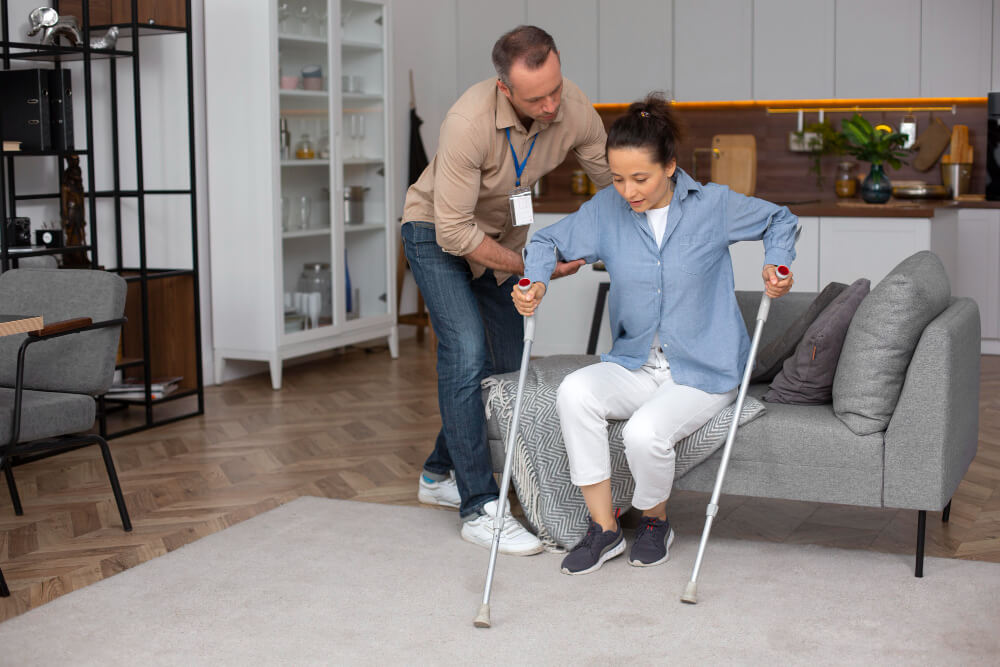Sprained Ankle Recovery: Bounce Back Faster with Easy Tips
Ankle sprains. Those pesky twists and turns that can leave you hobbling and sidelined. Whether you’re a seasoned athlete or someone who misstepped on an uneven sidewalk, a sprained ankle can be a frustrating experience. But fear not! While they may cause temporary discomfort, most ankle sprains heal relatively quickly with proper care.
This guide delves into the world of ankle sprains, exploring their causes, symptoms, and most importantly, effective strategies to get you back on your feet faster. We’ll cover the essential RICE method for immediate relief, explore gentle stretches to promote healing and improve flexibility, and equip you with tips to prevent future sprains. So, let’s get started and help that sprained ankle bounce back!
Understanding Ankle Sprains: Causes and Symptoms
An ankle sprain occurs when the ligaments connecting the bones in your ankle joint are stretched or torn. These ligaments provide stability and support to your ankle. Sprains can happen due to a variety of reasons, including:
- Rolling your ankle inwards or outwards: This is the most common cause, often occurring during activities like running, jumping, or walking on uneven terrain.
- Sudden changes in direction: Stopping abruptly or pivoting quickly can put stress on your ankle ligaments and lead to a sprain.
- Wearing improper footwear: Shoes that lack adequate support or have worn-out soles can increase your risk of sprains.
- Muscle weakness: Weak ankle and core muscles can make your ankle joint less stable and more susceptible to sprains.
The symptoms of an ankle sprain can vary depending on the severity of the sprain. Here are some common signs:
- Pain: This is the most common symptom, ranging from a dull ache to a sharp, throbbing pain. The pain is usually located around the outside of your ankle.
- Swelling: The sprained area will likely become swollen due to inflammation.
- Bruising: Discoloration of the skin around the ankle due to broken blood vessels may occur.
- Tenderness: The affected area will be sensitive to touch.
- Difficulty walking or bearing weight: Depending on the severity of the sprain, you might experience difficulty walking or putting weight on your affected ankle.
Red Flags: If your sprained ankle is accompanied by any of the following warning signs, seek immediate medical attention:
- Severe pain or swelling that worsens or doesn’t improve with rest
- Numbness or tingling in the foot
- Inability to bear weight on the affected ankle for several steps
- Deformity in the ankle joint
- Fever or chills
Immediate Relief Strategies for Sprained Ankles: The RICE Method
When you experience a sprained ankle, the first 48 hours are crucial for minimizing inflammation and promoting healing. Here’s where the RICE method comes in:
- Rest: The most important thing is to give your ankle time to rest and recover. Avoid activities that put weight on the affected ankle.
- Ice: Apply an ice pack wrapped in a towel to the sprained area for 15-20 minutes at a time, several times a day. Be sure to take breaks to avoid skin irritation.
- Compression: Wrap the injured area snugly with an elastic bandage to reduce swelling. It shouldn’t be so tight that it cuts off circulation.
- Elevation: If possible, elevate your ankle above your heart to help reduce swelling.
Additional Tips for Immediate Relief: - Over-the-counter pain relievers: Medications like ibuprofen or acetaminophen can help reduce pain and inflammation. Follow recommended dosages and consult a doctor if you have pre-existing health conditions.
- Consider using crutches: If walking is too painful, crutches can help you stay mobile without putting weight on your ankle.
Gentle Stretches for Faster Healing and Improved Flexibility
Once the initial inflammation subsides (usually within a few days), incorporating gentle stretches into your routine can significantly aid recovery and improve flexibility in your ankle joint. Here are some effective stretches for a sprained ankle:
Towel Calf Stretch:
- Sit on the floor with your legs extended straight in front of you.
- Loop a towel around the ball of one foot.
- Gently pull the towel towards you, keeping your leg straight, until you feel a stretch in your calf muscle.
- Hold for 30 seconds, then repeat with the other leg.
Alphabet Ankle Circles:
- Sit on a chair with your injured ankle resting on another chair or elevated surface.
- Slowly trace the alphabet in the air with your toes, moving your ankle in a circular motion.
- Repeat 10 times in both clockwise and counterclockwise directions.


